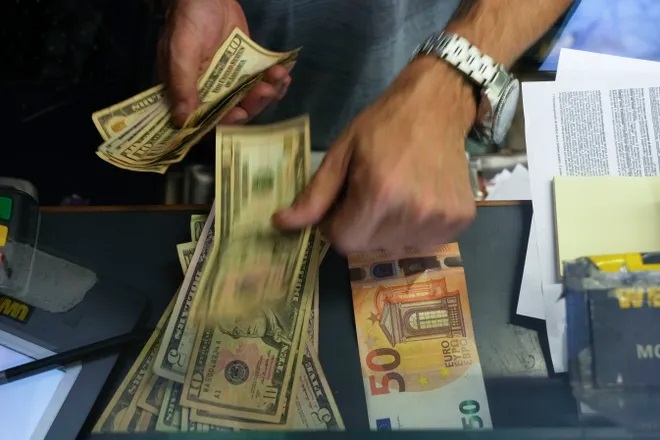On Sept. 8, the European Central Bank (ECB) increased its interest rates by 75 basis points, the largest ever. ECB revised up its inflation expectations to an average of 8.1% in 2022. The bank indicated that they “expect to raise interest rates further, because inflation remains far too high and is likely to stay above target for an extended period.” Its officials face a twin dilemma — soaring inflation and an economy that is stalling. The ECB has now joined the Federal Reserve and other major central banks in a full-throated offensive against rising prices. The ECB’s primary objective is to keep prices for goods and services low, stable and predictable.
The ECB issued the following statement: “This major step frontloads the transition from the prevailing highly accommodative level of policy rates towards levels that will ensure the timely return of inflation to the ECB’s 2% medium-term target.”
ECB President Christine Lagarde hit the nail on the head. The supersized rate increase was needed because August’s 9.1% inflation was “far away” from the bank’s 2% goal. She expects Europe to face a multiyear battle to control prices despite the expectation that the euro area’s economy will likely stagnate. She said that the ECB is serious about returning inflation back to 2%. However, “nobody should expect inflation to return to 2% in the next three months.”
Europe’s economy is grappling with an acute energy shock. The Russian invasion of Ukraine has turbocharged runaway energy prices. Energy prices in the euro area are contributing about four percentage points to headline inflation compared with two in America.
Lagarde said: “While we conclude that energy is the major source of inflation, along with the increase in food, we have inflation spreading across a range of products and services where demand plays a role.” The ECB has suffered from price increases in food, clothing, cars, household appliances and services.
Over the past 12 months, almost every advanced economy has confronted high inflation. Their goal has been to slow economic activity by raising the cost of borrowing. As consumers and businesses resumed normal activities and pandemic restrictions have eased, strong demand for goods and services collided with persistent supply shortages, sending prices higher.
Meanwhile Fed Chairman Jerome Powell said the U.S. central bank will raise rates to tackle inflation until the job is done. He is using the levers of monetary policy so that the United States does not repeat our errors of the 1970’s when inflation became entrenched. Market participants expect that the Federal Reserve will raise overnight rates by 75 basis points at their next meeting September 20-21.
Implementing policies that will benefit all the countries in the euro area is difficult. The euro area consists of 19 different countries, each with its own economic structure, societal governance, and fiscal policy. As a result, shocks that hit the euro area whether they are a financial crisis, a pandemic or a war, affect each euro area country differently. For example, Italy is facing an existential crisis that threatens the fate of the entire European Union. The country suffers from excessive debt (300% of GDP), a declining and aging population, and political instability.
From 2014 until recently, the ECB had kept rates in negative territory in a bid to spur spending and combat inflation. Critics of the ECB argue that the bank reacted too slowly to inflation that began as COVID lockdowns ended and worsened when Russia invaded Ukraine. Many analysts now believe that a recession is inevitable. William Sels, global chief investment officer at HSBC said, “The ECB and other central banks have been torn between the need to crush inflation and their realization that recession risks continue to increase.”
Originally published in the Sarasota Herald-Tribune




